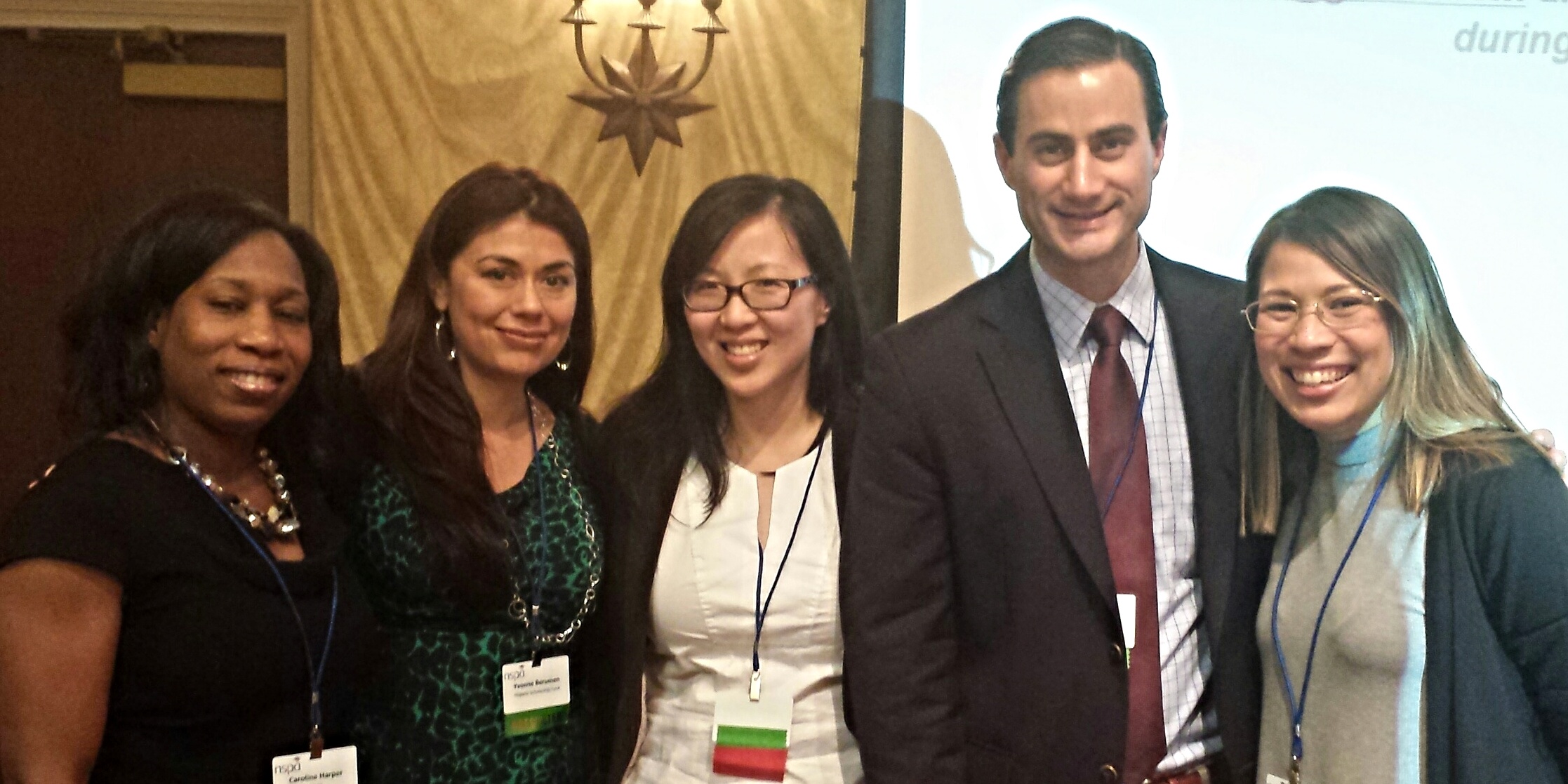Nara Lee's Top 3 Tips for Maximizing Your Financial Aid

Presenters from the NSPA panel on Broadening Scholarship Opportunities for Underrepresented Students. From left: Caroline Harper, UNCF; Yvonne Berumen, HSF; Nara Lee, JKCF; Glenn Milewski, College Board; and Cecilia Marshall, APIASF.
As scholarship experts and organizations congregate in Charleston for the 2015 NSPA Annual Conference, the Cooke Foundation’s manager of recruiting strategy, Nara Lee, joins them to present ideas for building awareness of scholarship opportunities among low-income and minority students.
It is always rewarding to share with and learn from other organizations who believe in the Cooke Foundation’s vision of educational access for talented students. However, we find it even more important to pass along the ideas that can help students directly! Here are Nara Lee’s top three college access tips that high school and community college students can put to use:
1. Make smart decisions about where to apply
Make a balanced list that includes at least 2-3 reach schools, 4-5 target schools, and 2-3 likely schools (read about these categories and application fee waivers). High-achieving, low-income students should be sure to include selective institutions; although many of these colleges and universities have a higher “sticker price,” financial aid often makes their tuition lower than less selective schools, on top of providing more enriching academic experiences and higher earnings post-graduation.
High school seniors and their families can read more tips for applying to selective institutions. The Cooke Foundation also has resources to read and download for community college transfer students.
2. Focus on Communicating Your Story
Writing a great personal statement can help you catch the attention of an admissions officer. Strong essays can be key to getting merit and financial aid, not only from schools but also from scholarship organizations like the Cooke Foundation where personal stories are a big part of the scholarship application.
Taking the time to craft a meaningful submission can make or break your application, so keep these powerful application essay tips on hand.
3. Apply for scholarships and financial aid
It may be a no-brainer but many students don’t apply for outside scholarships. Be sure to complete the FAFSA after January 1, 2016 when the application opens and apply for scholarships.
Read about the differences between state and federal funds; grants and scholarships; loans; and work study. In addition to our own generous scholarship programs below, the Cooke Foundation keeps a running list of other scholarship providers and search tools.
| Right now, our College Scholarship Program is open for high school seniors to apply. You could receive up to $40,000 for each of your four year of college, along with opportunities to study abroad, continue graduate studies, and more! | Community college students, apply to our Undergraduate Transfer Scholarship! This program awards up to $40,000 for up to three years to complete your bachelor’s degree, as well as opportunities to study abroad, continue graduate studies, and more! |